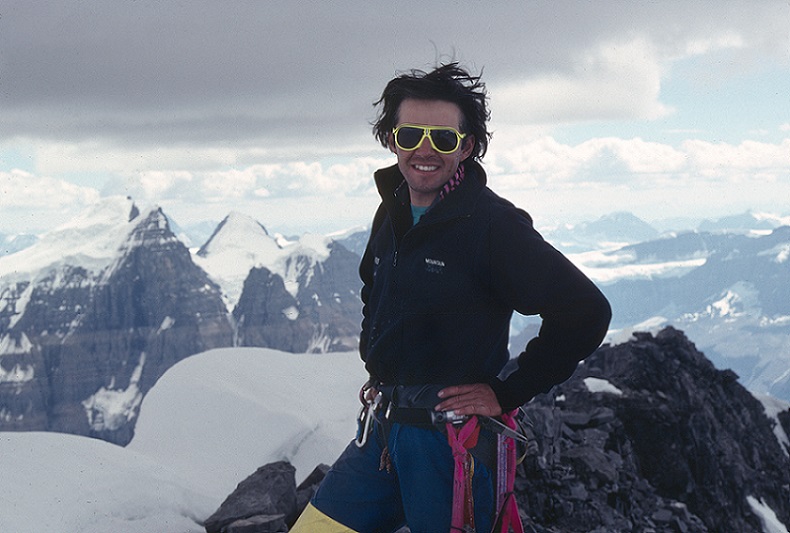Barry Blanchard Receives the Order of Canada
General News
1
Posts
1
Posters
193
Views
1
Watching
-
The legendary Canadian alpinist was one of 88 Canadians appointed in 2024
The post Barry Blanchard Receives the Order of Canada appeared first on Gripped Magazine.

Barry Blanchard Receives the Order of Canada - Gripped Magazine
The legendary Canadian alpinist was one of 88 Canadians appointed in 2024

Gripped Magazine (gripped.com)